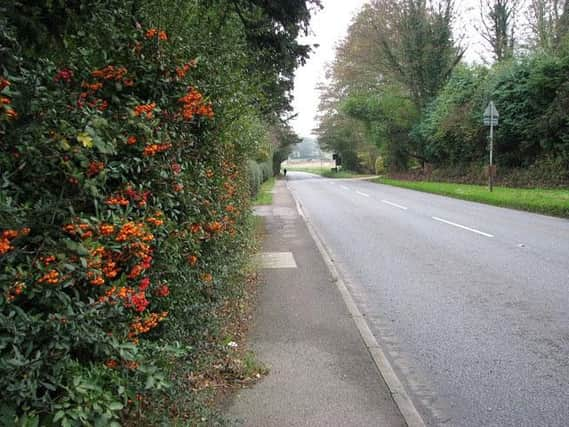How hedges could be the answer to curbing road pollution levels in Yorkshire


Greenery close to the pavement reduces the impact of pollution from vehicles "far more effectively" than taller trees when the road is overlooked by high buildings on both sides, according to the study published in the journal Atmospheric Environment.
However, trees can have a negative impact on air quality in such "street canyon" environments, and can make pollution more concentrated depending on factors such as the prevailing wind, researchers found.
Advertisement
Hide AdAdvertisement
Hide AdHigher foliage was said to be more efficient at reducing levels only in open road conditions, where "thick, dense and tall vegetation barriers restrict the freshly emitted vehicle emissions from reaching roadsides in high concentrations where people walk, cycle or live nearby".
The study, led by the University of Surrey as part of the project Improving Smart Control of Air Pollution in Europe, said future urban planning should include a variety of green infrastructure to help protect people and buildings from the effects of pollution.
Street trees, hedges, green walls and roofs act as porous bodies which influence the local dispersion of pollution and make the air cleaner by removing airborne pollutants.
This could create healthier air not only for city dwellers but help reduce the impact of pollution on heritage buildings and others built out of limestone, sandstone and carbon steel.
Advertisement
Hide AdAdvertisement
Hide AdProfessor Prashant Kumar, chairman in air quality and health at the University of Surrey, said: "We all know air pollution is a major factor of everyday urban life.
"This comprehensive review highlights that trees and hedges, as well as other green infrastructure, must be used strategically to help create healthier, less polluted cities that are also more pleasant for everyone to live and work in."
He added that the team was conducting field research into how effective different types of green barriers were at reducing pollution when placed alongside busy roads to help guide future urban planning decisions.